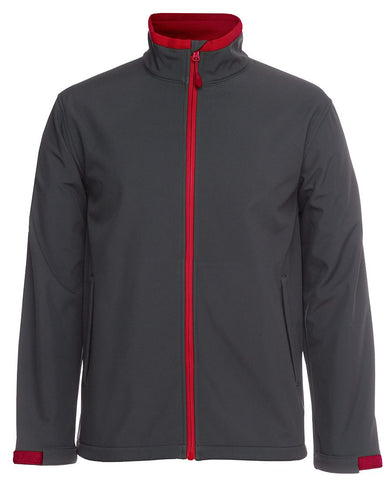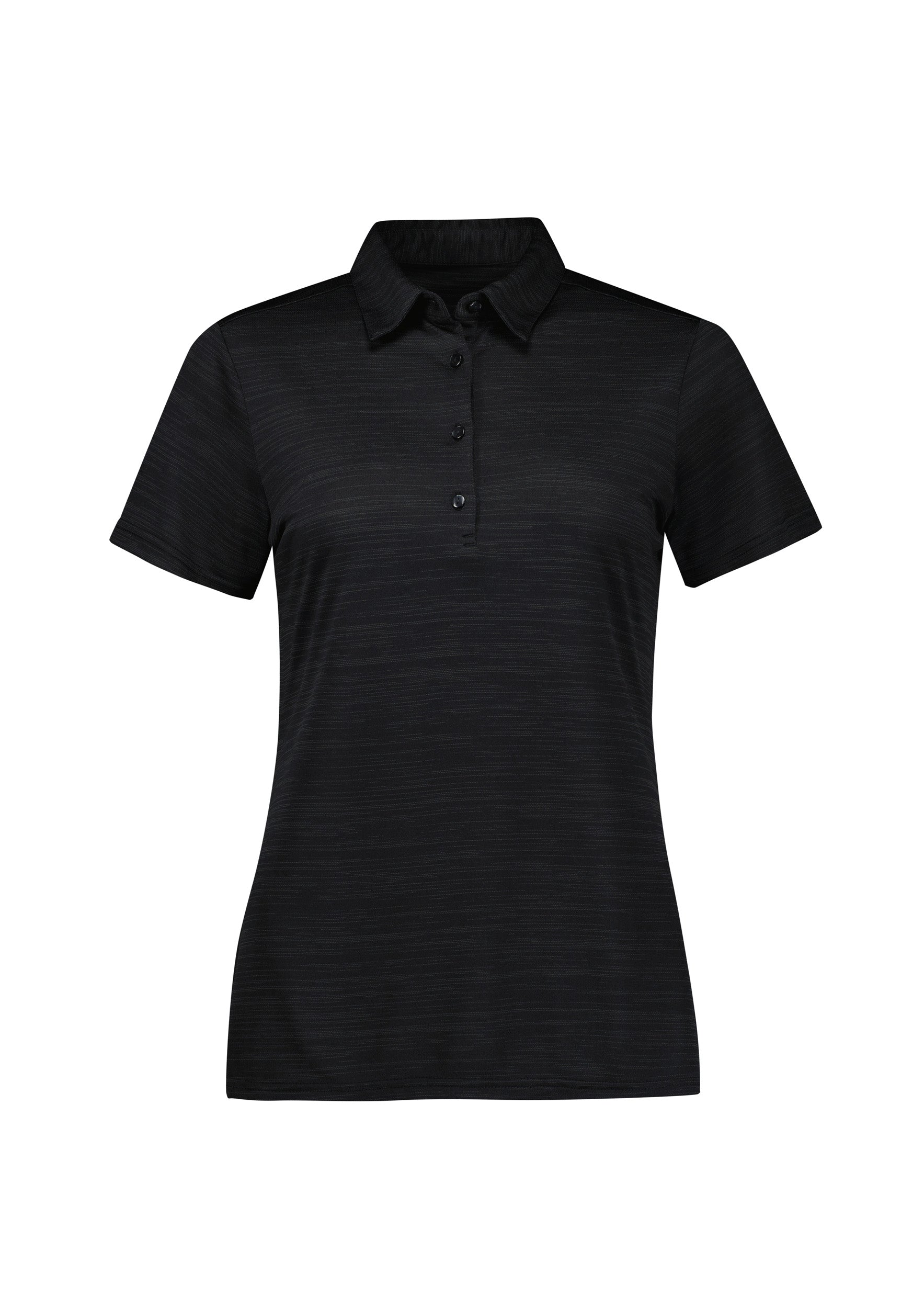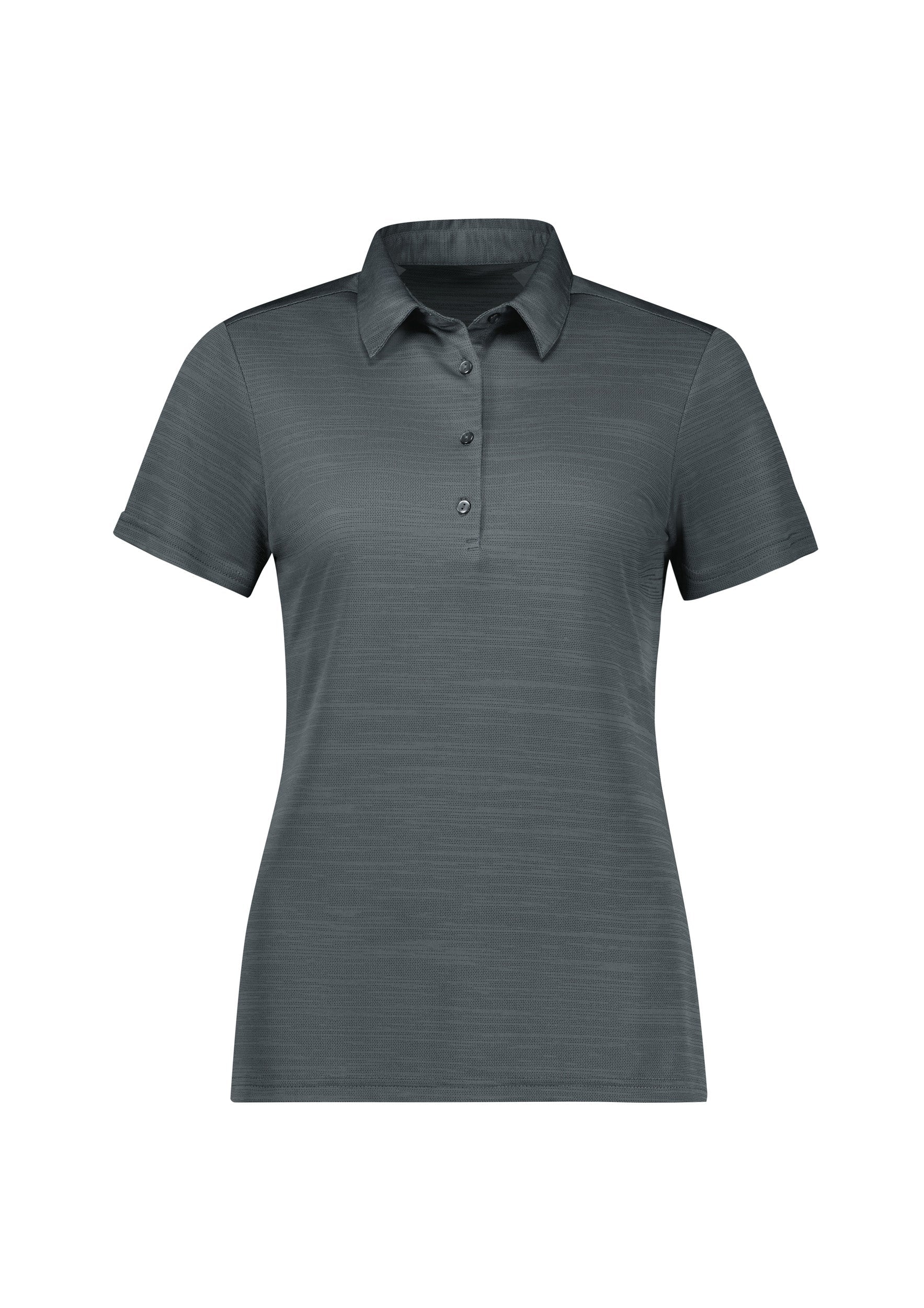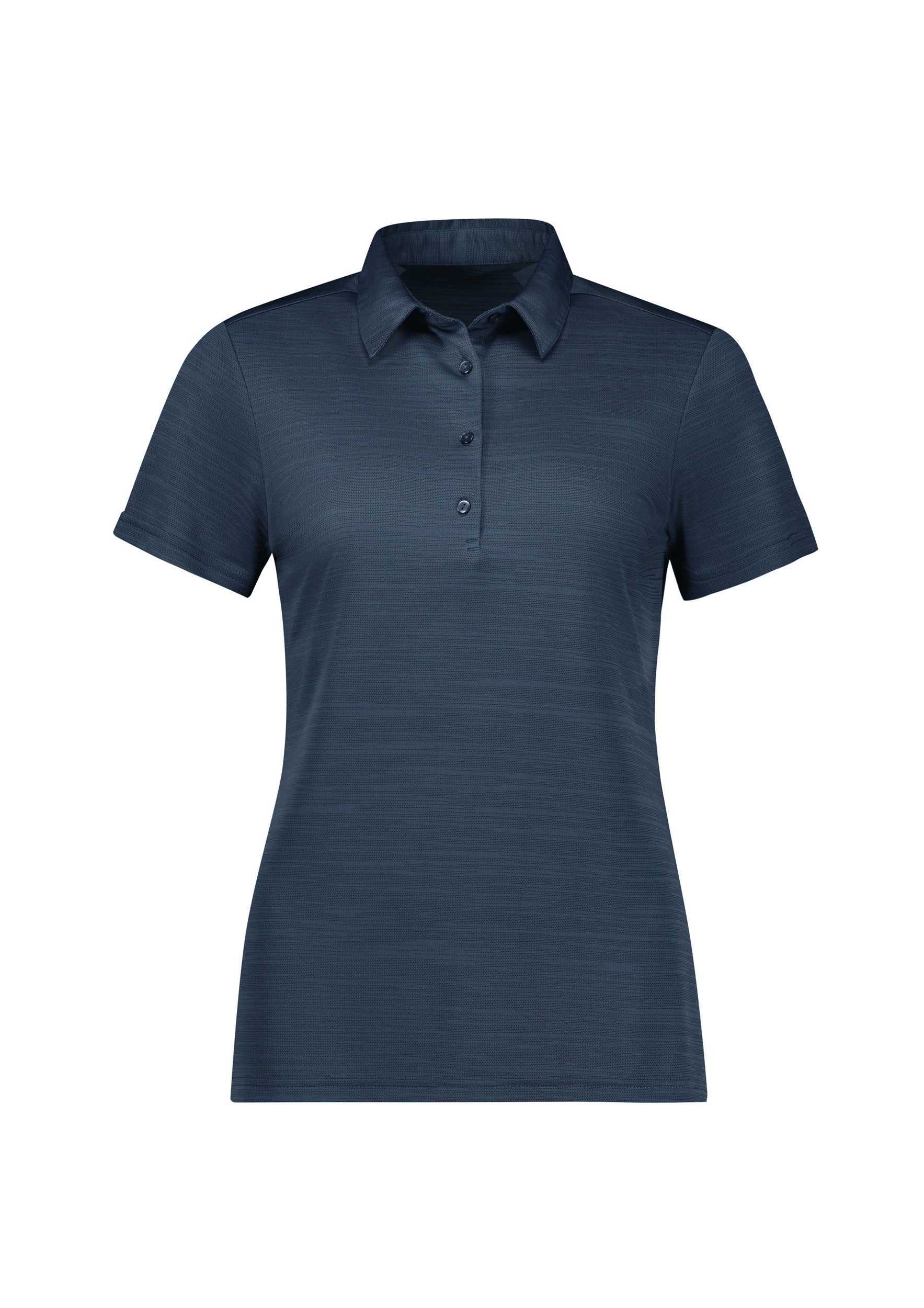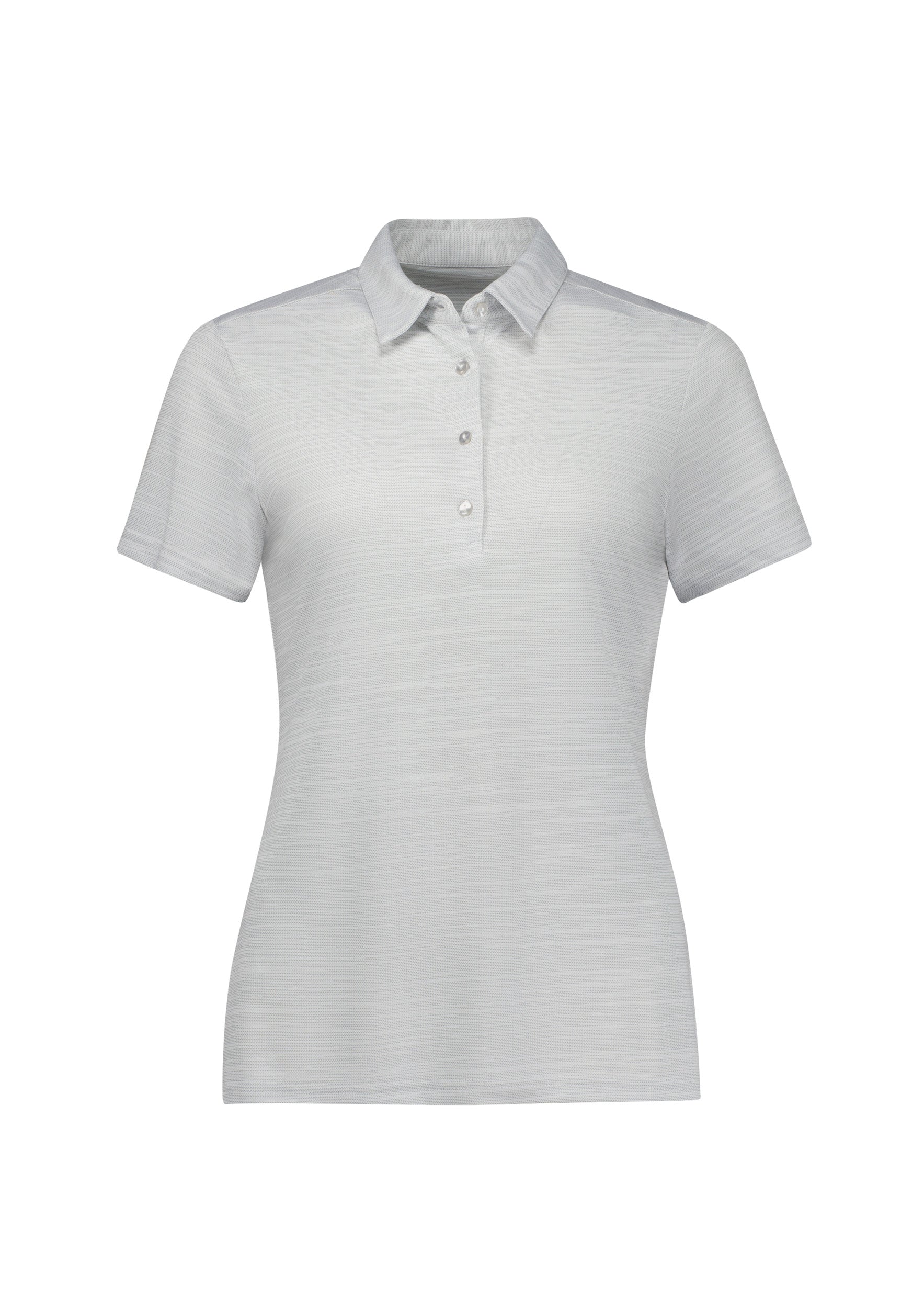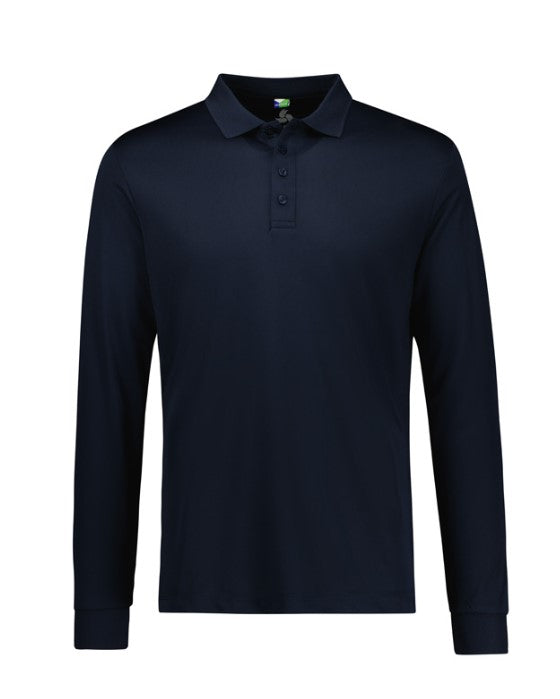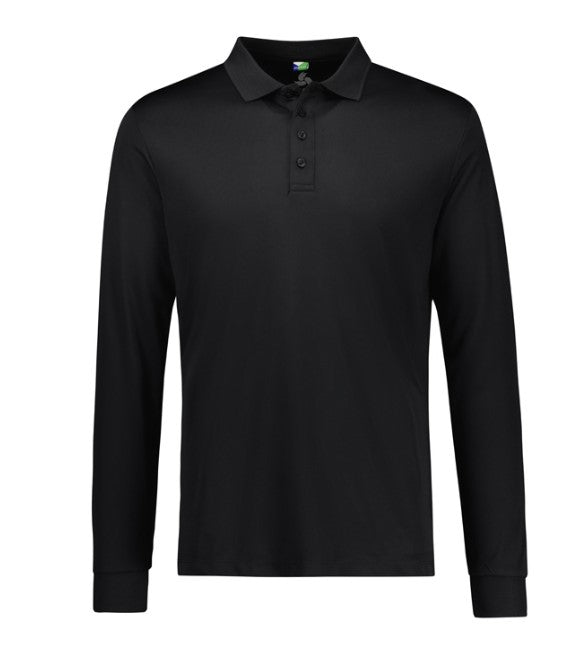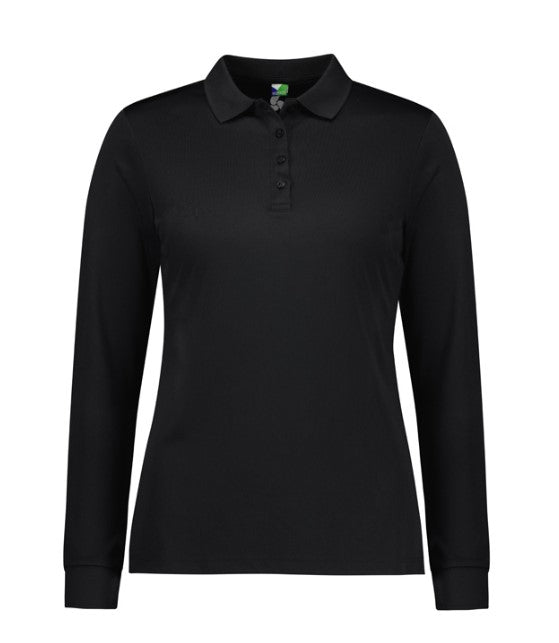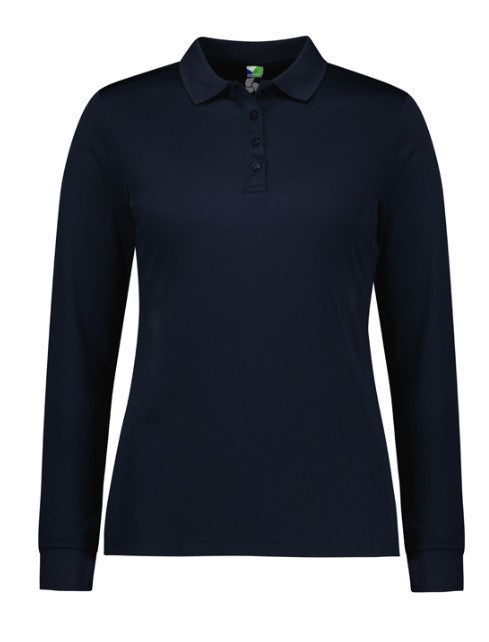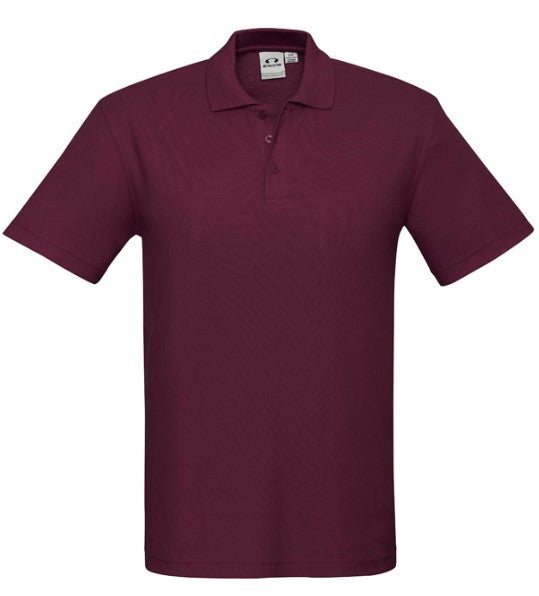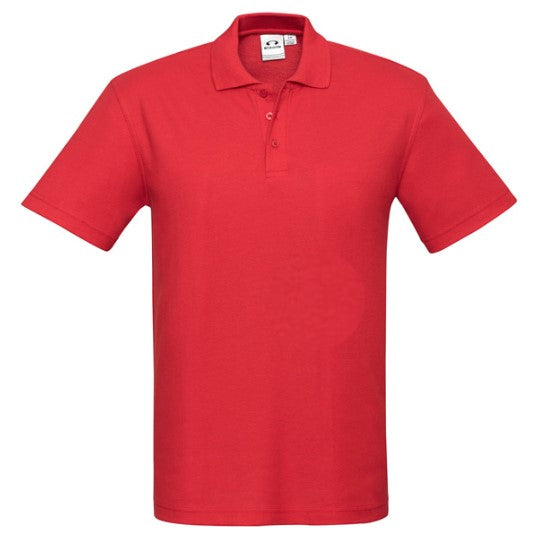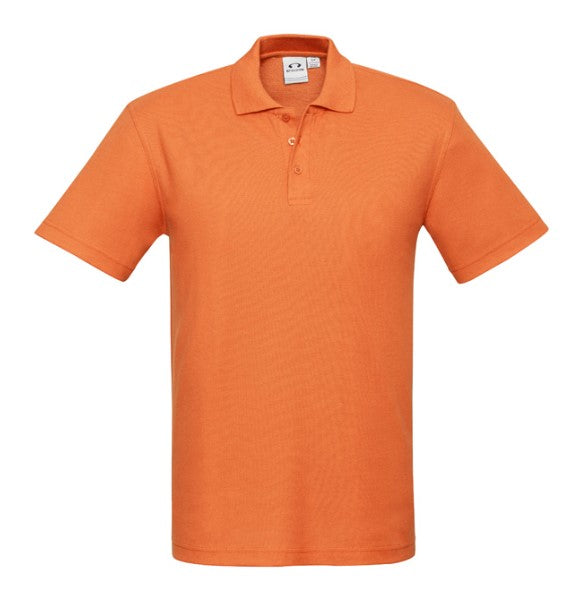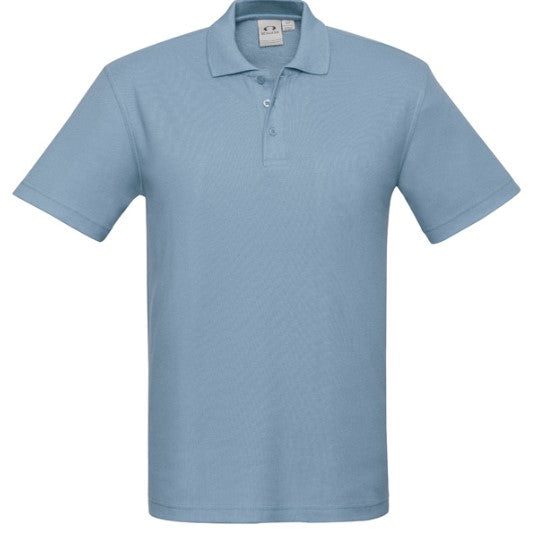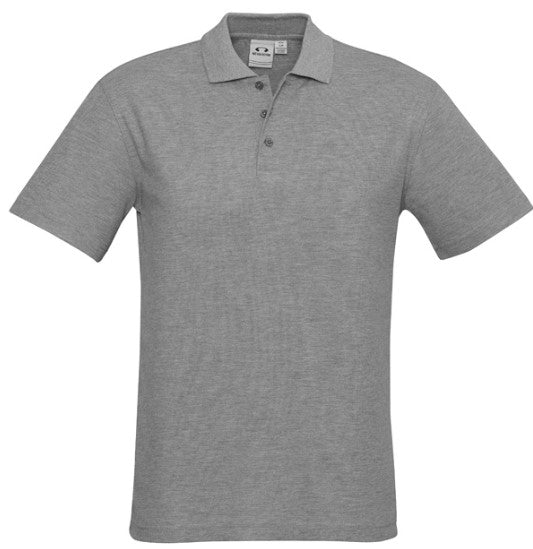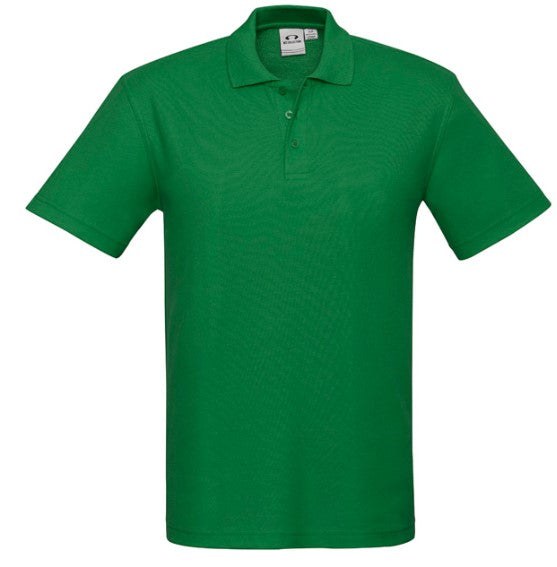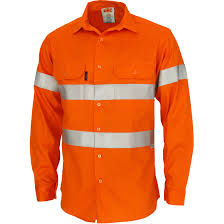A Quick Guide on Flame Retardant FR Clothing and Work Wear
Over the years, Flame Retardant FR clothing has improved by leaps and bounds. Today, there are so many requirements and nuances around this topic. So, are you keen in buying flame retardant and flame resistant clothing? Professionals who work in high risk jobs need to put together the right kind of clothing. And, it is important for you to figure out what this clothing is all about.
Basics on Flame/Fire Resistant Clothing
By definition, flame resistant clothing identifies products that are designed to protect the wearer from thermal exposure and intermittent flames. You must not be misled by the name. A lot of people believe that this kind of clothing is fireproof, and keeps flames away. Well, the actual purpose of this clothing is a little different.
Let’s break the definition of flame retardant clothing a little more. These apparels are carefully engineered to safeguard the wearer from any kind of flame injury. The clothes will not catch fire at any cost. And, even if the clothes are in flames, they can be self-extinguished. This is how the apparels are designed.
For example, if your work wear or clothing catches fire, the fabric is capable of extinguishing by itself. This way, the wearer will not incur much injuries. As a result, you will be able to escape the unsafe environment with minimal burns.
From the beginning, flame retardant work wear and clothing were designed to increase the chances of survival and escape. When your job profile is risky, and challenging – you really wouldn’t know when a fire accident could happen. Unexpected thermal issues can be triggered randomly. One of the simplest ways to handle these incidents is through fire resistant apparels.
The Official Guidelines
To begin with, the Occupational Safety and Health Administration designed many interesting guidelines on how to create flame retardant clothing. These guidelines claim that FR clothing should be able to handle electric arcs, flames and similar problems. By default, the clothing should not increase the amount of injury you incur. The guideline strongly prohibits the use of apparels made from acetate, nylon, rayon and polyester. The employee should be trained to handle extreme situations, if clothing made from these materials are to be worn.
Who needs flame resistant apparels?
Now, you might be curious to know more about job profiles that need FR clothing. Well, the answer to this question is rather simple. Anyone who works in the midst of electrical, fire and heat will need to wear flame resistant clothing. The job profiles can be broken into three different categories:
- Electric Arcs: Employees who are exposed to electric arcs include electricians and utility workers.
- Flash fires: This includes professionals who are a part of the chemical and pharmaceutical industry. Of course, workers from refineries can also be included here.
- Combustible Dust: This includes professionals who work in the pulp, paper and food processing plants.
Primary and Secondary Care
A lot of people come across terms like secondary and primary protection in flame resistant clothing. Well, these are two different worlds. Primary protection represents cloths that can be worn during risky activities that involve direct fire. And, secondary protection represents apparels that need to be worn during intermittent hazards. When compared to primary protection, secondary protection is used when there is not much danger in the job.
Our main brands include: DNC Workwear, Syzmik, Bisley Workwear, Hard Yakka, KingGee. We now also have the ability to offer ARC rated embroidery on FR garments and can supply Sydney, Melbourne, Perth, Brisbane, Adelaide, Canberra, Darwin, Hobart. Flame resistance protective clothing.
